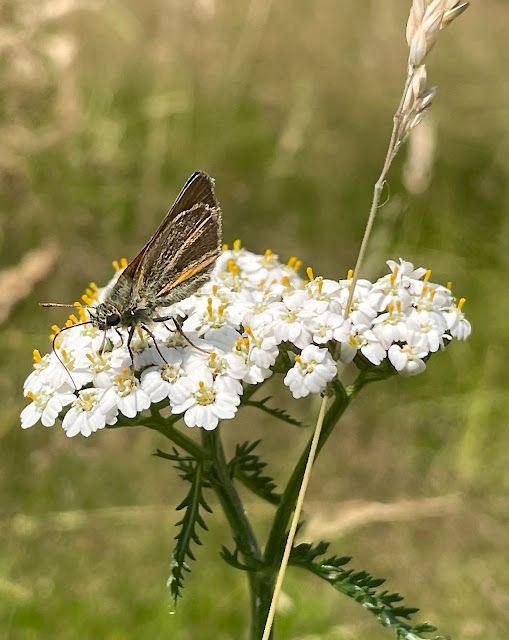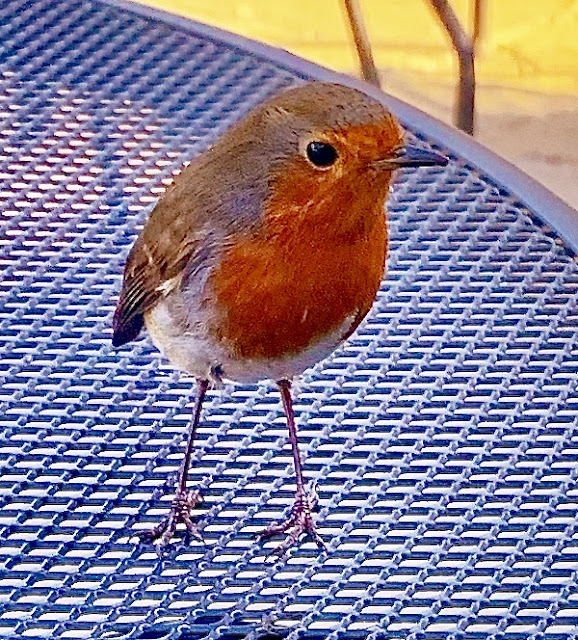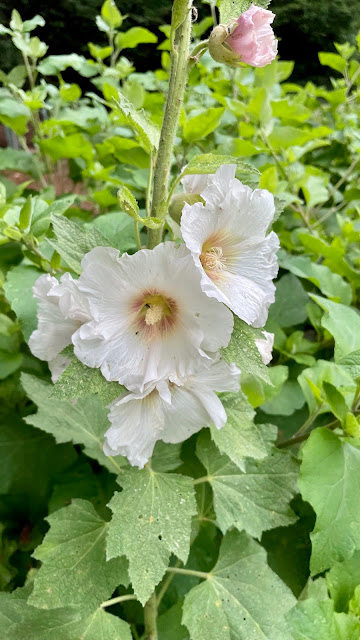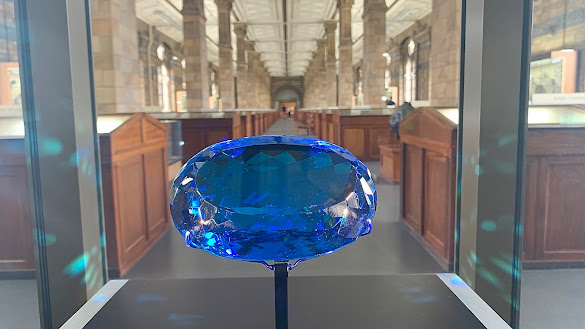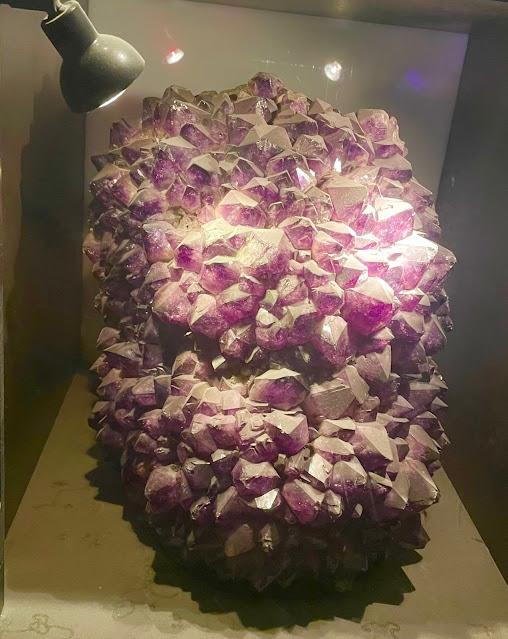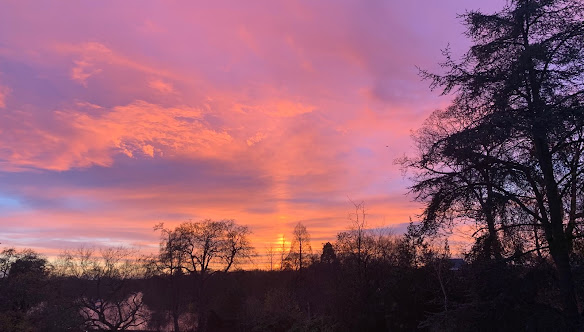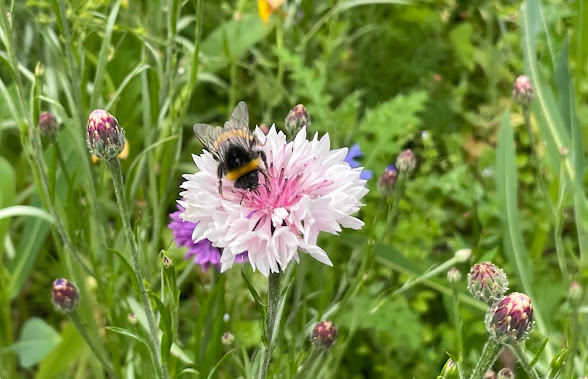Butterflies offer a great deal to the our ecosystem which is far beyond what we see as they flutter past. Apart from adding colour and beauty to our surroundings, they support our environment in multitude ways like:
Pollinate plants:
Butterflies are attracted to bright flowers for nectar. Their bodies collect pollen and transport it to other plants which helps fruits, vegetables and flowers to produce new seeds. Although bees are the best-known pollinators, butterflies so their fair share by pollinating differently. Bees pollinate in smaller areas where as butterflies travel longer distances, ensuring large coverage of flowering plants.
Sensitive indicators of the health of our environment:
Butterflies play a major role in increasing biodiversity by bringing native bees and birds. They are the low-level members of the food chain and a source of food for spiders, lizards, mice and other animals. Caterpillars are also eaten by bats, birds and other animals.
Natural pest control:
Along with nectar, butterflies eat aphids thus acting as a natural pest control.
I enjoyed participating in the Big Butterfly Count this year which aims in protecting these remarkable insects and conserving them for future generations.







